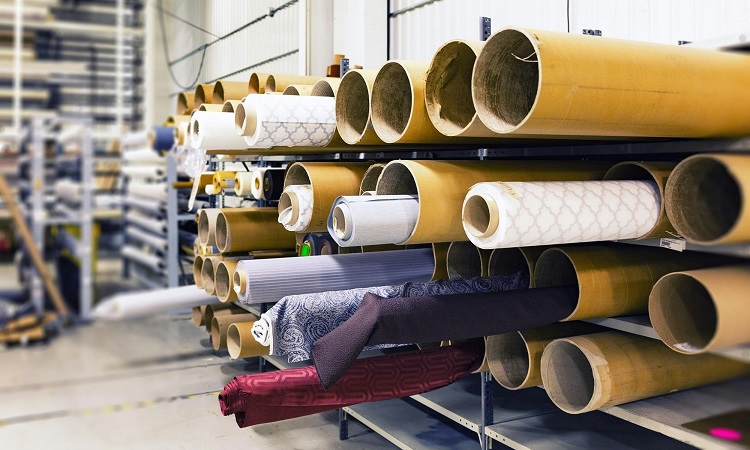Have you ever wondered why more companies are talking about sustainability? With climate change, resource scarcity, and environmental degradation on the rise, industries face pressure to adapt. Manufacturing, in particular, has a significant role to play in creating a greener, more sustainable future. Sustainable manufacturing is no longer an option; it’s becoming a necessity.
In this blog, we will share why sustainable manufacturing is the future of industry and how it can benefit businesses, the environment, and society.
Table of Contents
1. What Is Sustainable Manufacturing?
Sustainable manufacturing is the process of producing goods in ways that minimize harm to the environment while conserving natural resources. It involves reducing waste, using energy-efficient methods, and adopting eco-friendly materials. This approach goes beyond meeting environmental regulations. It focuses on long-term strategies that protect the planet.
Many companies have already adopted sustainable practices. They use renewable energy, recycle materials, and create products designed to last longer. These efforts help reduce carbon emissions and limit the depletion of natural resources. By prioritizing sustainability, manufacturers contribute to a cleaner, healthier future.
2. How Sustainable Manufacturing Supports Communities
Sustainable manufacturing benefits more than just the environment. It creates jobs, improves public health, and supports local economies. Businesses that adopt sustainable practices often work closely with their communities, boosting collaboration and trust.
For example, Frank, the founder of the Melaleuca store, saw an opportunity to make a difference. After graduating college debt-free and working for Fortune 500 companies, he started Melaleuca in 1985. His vision focused on creating environmentally friendly products. Today, Melaleuca generates over $2 billion in annual sales. Frank remains involved as the Executive Chairman, showing how sustainable manufacturing can lead to economic success. Such stories inspire other businesses to follow suit and prioritize sustainability.
3. Cost Savings Through Sustainable Practices
Switching to sustainable manufacturing often reduces costs in the long run. While initial investments in eco-friendly technologies can be high, the savings on energy, water, and raw materials outweigh these costs over time. For example, companies that use renewable energy save on electricity bills and avoid fluctuations in fossil fuel prices.
Moreover, reducing waste helps businesses save money. Manufacturers that recycle materials or repurpose by-products minimize expenses tied to disposing of waste. These cost-saving benefits make sustainable manufacturing an attractive choice for companies of all sizes.
4. Consumer Demand for Sustainable Products
Consumers today are more aware of environmental issues than ever before. They want products that align with their values. Many people prefer brands that prioritize sustainability and social responsibility. This trend is especially strong among younger generations, who are willing to pay more for eco-friendly goods.
By adopting sustainable practices, manufacturers can meet this growing demand. They build trust with consumers by showing they care about the planet. Businesses that embrace sustainability also gain a competitive advantage, attracting loyal customers who value their commitment to the environment.
5. The Role of Technology in Sustainable Manufacturing
Technology plays a crucial role in making sustainable manufacturing possible. Advanced tools and systems help manufacturers monitor and reduce their environmental impact. For instance, smart sensors in factories can track energy usage, water consumption, and waste production in real time. This data allows businesses to identify areas for improvement and make necessary changes.
Another example is 3D printing. This innovative technology reduces material waste by creating products layer by layer, using only the exact amount of material needed. These advancements make manufacturing processes more efficient and environmentally friendly, paving the way for a sustainable future.
6. Regulations and Incentives for Sustainability
Governments around the world are encouraging businesses to adopt sustainable practices. Regulations aimed at reducing emissions and conserving resources push manufacturers to change their operations. While some may see these rules as challenges, they are opportunities to innovate and improve.
In addition to regulations, many governments offer incentives for sustainable manufacturing. Tax credits, grants, and subsidies help businesses invest in eco-friendly technologies. These financial supports make it easier for companies to transition to greener practices, benefiting both the economy and the environment.
7. Challenges in Sustainable Manufacturing
Despite its many benefits, sustainable manufacturing comes with challenges. The initial costs of switching to eco-friendly methods can be high. Smaller companies may struggle to afford the necessary investments in technology and infrastructure.
Another challenge is the availability of sustainable materials. Some industries rely on raw materials that are difficult to source responsibly. However, as more businesses adopt sustainability, the demand for green materials grows, driving innovation and increasing accessibility. Over time, these challenges become opportunities for industries to find creative solutions.
8. The Future of Sustainable Manufacturing
Sustainable manufacturing is more than a trend. It is the future of industry. Companies that prioritize sustainability position themselves for long-term success. They reduce risks associated with environmental regulations, build stronger relationships with customers, and gain a competitive edge in the market. Businesses that fail to adopt sustainable practices risk being left behind as regulations tighten and consumer preferences shift toward environmentally responsible brands.
As technology advances, sustainable manufacturing will continue to evolve. Innovations in energy efficiency, recycling, and resource management will make it easier for businesses to adopt green practices. Collaboration between industries and governments will also play a key role in accelerating the adoption of sustainable methods. These changes will lead to a cleaner, healthier, and more prosperous future for everyone.
In conclusion, sustainable manufacturing isn’t just about protecting the environment. It’s about creating opportunities, saving costs, and meeting the expectations of a changing world. By embracing sustainable practices, manufacturers can contribute to a brighter future for their businesses and the planet. Now is the time for industries to act. The choices we make today will shape the world for future generations. Sustainable manufacturing is the key to building a better, more sustainable tomorrow.

